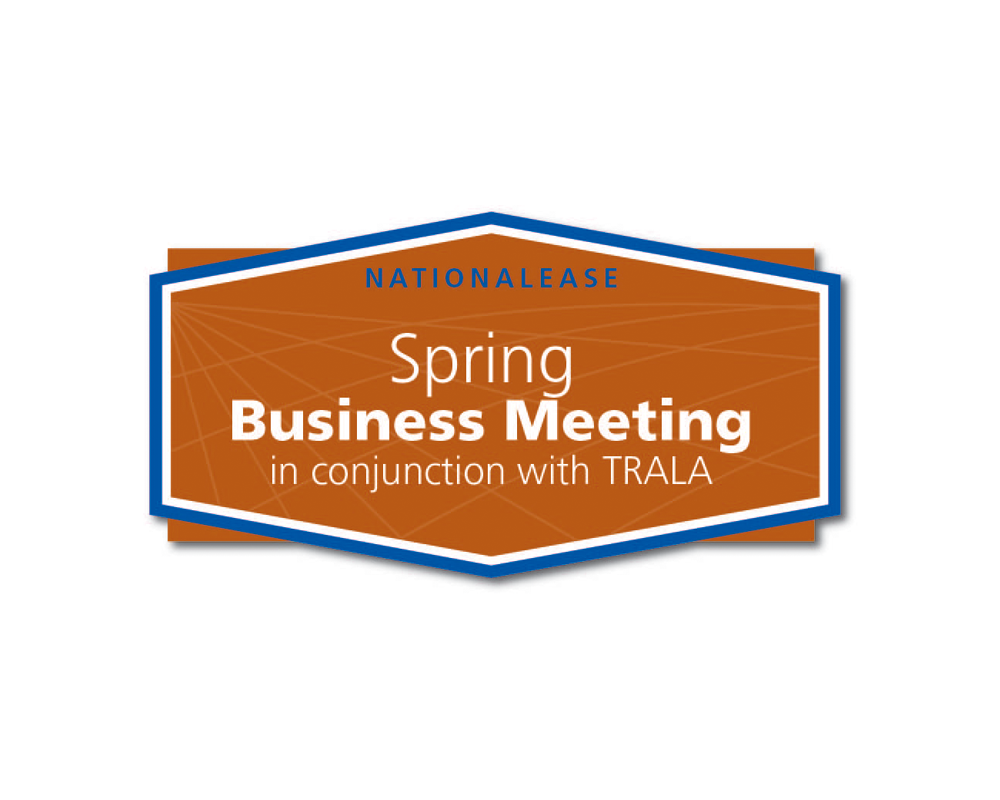We know how difficult it is to get people to put down their phones and other digital devices. But what are the physical and psychological effects that may result from this new form of addiction?
Last week, I wrote an IdeaXchange blog, “Confronting your digital addiction.” The stats were definitely eye-opening. On average, people are checking their phones between 100 and 125 times a day! A recent survey pointed out that when people say they are never far from their phone, which is frighteningly true: According to a recent survey:
- 55% of people keep their phones on the nightstand by their bed while they are sleeping
- 13% actually keep the phone in bed with them
- 3% slept while holding their phones in their hand
After writing this, I decided to look a bit further into this issue, mainly because as the workforce demographic changes, those of us looking to recruit the best and the brightest need to know how these forces are affecting younger generations (millennials and those following behind), especially in their ability to do the necessary job. We know they understand technology and adapt to it faster than older generations. That’s a positive effect.
But what are the long-term effects? Are we dealing with digital obsession or digital addiction? According to a Forbes article this past April by Dr. Robert Blatter, MD, “the constant dopamine stimulation from our devices leaves us addicted and curious and unable to disregard incoming texts and emails. But people interact best when they can connect with another person, face-to-face. Understanding body language makes us better at understanding intention and feelings, an important trait in a workplace. Addiction to our phones actually has the opposite effect of connecting us. According to Dr. Blatter, “The end result of this electronic urge leads to a preoccupation with and need to reinforce this electronic high.”
The article further cites a study by San Francisco State researchers on 135 students enrolled at the University which concludes that this pursuit of the electronic high can have serious implications for the mental health of these students. The study notes that those who exhibit an excessive use of smartphones have issues and symptoms very similar to people diagnosed as substance abusers, including depression, isolation, anxiety and loneliness.
The other problem, which I also noted in my earlier blog, is the tendency to multitask. This study suggests that those who can’t leave their phones alone actually “semi-task,” engaging in two or more tasks simultaneously. The result: none of the tasks are done as well as they should be if they are done well at all.
Think about this as business owners or managers. What if you have younger employees who can only interact with one another through texts, who have lost the art of social interaction? How will this affect the job they do and their communications with customers and clients? You need to know that when you assign a task, the focus is on that task, not split between the task and the text.
So what’s the answer? For those of us that find ourselves guilty of phone attachment, put the phone down. Turn off push notifications. Only answer texts and personal emails during specific times of the day. As I noted, have a moment of boredom where you sit and do absolutely nothing. And, as a manager, don’t look at your phone when an employee is speaking to you…especially a millennial. Set the right example.
This digital addiction is something we are going to have to keep a very close eye on as the technology advances and our workforce grows ever younger. We need our employees to be able to focus on the job at hand. That could turn out to be a bigger task than we could have every anticipated.





